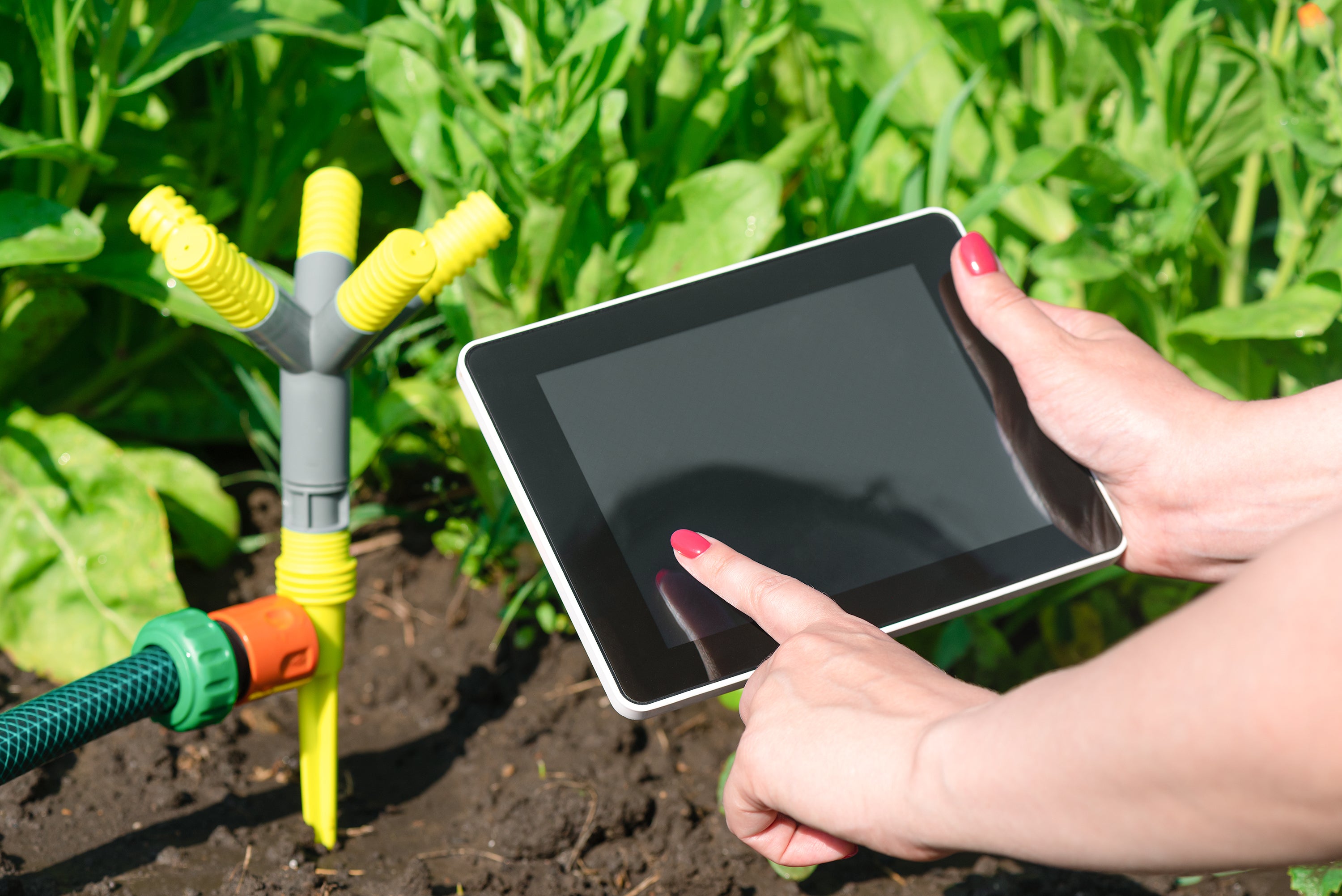Technology in the garden - smart irrigation

If you’re looking for an alternative to hand watering your garden, because it’s too time consuming or because you go away in the summer, a smart irrigation system could be the answer. Here’s the low down:
What are they?
A smart irrigation system uses a controller to control your watering schedule. Unlike standard programmable irrigation systems that have timers to automatically turn the irrigation on and off and manual overrides for if it’s rained, smart systems use sensors to monitor local weather conditions or the actual ground moisture and adjust watering schedules according to the needs of your garden and, in doing so, prevent over watering.
How do they work?
An irrigation controller is the clock that runs a sprinkler system. You programme it to water at particular times of the day and for particular lengths of time. Smart irrigation systems link the controller to weather-related data readings via Wi-Fi, which it uses to modify the schedules. Weather-based systems use local weather data or take on-site weather measurements such as temperature, rainfall, wind and solar radiation to calculate watering needs. Other systems use soil-moisture technology such as probes or sensors buried in the soil of turf or around trees or shrubs, to measure actual soil moisture levels. Once connected to your Wi-Fi, you can connect to the system via an app on your phone.
Smart watering technology can usually be installed on existing irrigation systems by swapping out the current controller for a smart one. You can also individually adjust sprinkler or drip systems to suit the individual needs of each planting area as each controller will have several stations (timers) to water different planting areas. Although they can take time to set up and an outlay cost, these systems can reduce water wastage and bills by targeted watering when its needed.











